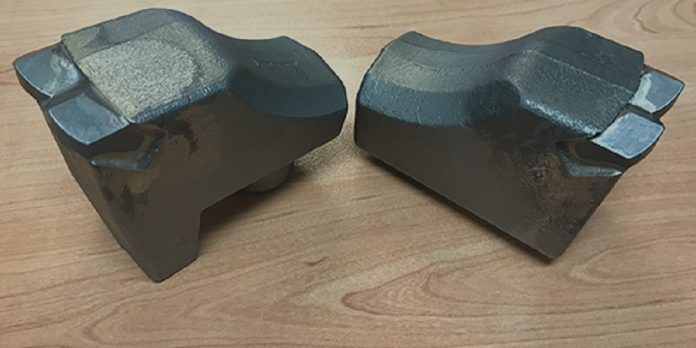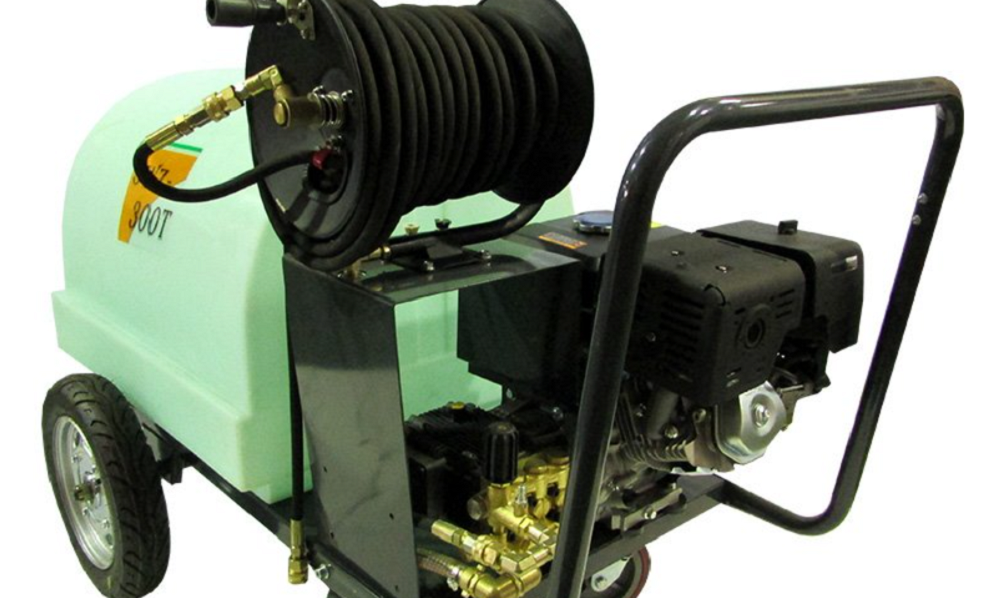Any wood mulcher must have teeth to function. The effective cutting of trees, shrubs, and underbrush is made possible by these teeth, making them a crucial instrument for forestry management. The forestry mulcher teeth can be made from various materials, including carbide, steel, and diamond, and are intended to endure heavy use.
What are forestry mulcher teeth?
Forestry mulcher blades are cutting parts that fasten to the machine’s rotor. Trees, brush, and other plants are mulched by the teeth and rotor working together. High-speed rotor rotation causes the material to be torn into tiny fragments by the teeth. The vegetation decomposes more readily and replenishes the earth with nutrients thanks to the small particles the teeth produce.
Materials used to make forestry mulcher teeth
Steel, carbide, and diamond are just a few elements used to make forest mulcher teeth. Different materials are used to create the teeth depending on the intended use and required degree of abrasion resistance. Carbide and diamond teeth are more costly than steel but last longer.
Steel Teeth
The most typical substance used to create forestry mulcher teeth is steel. Steel teeth are strong and able to endure constant use. They are also less expensive than diamond and carbide molars. Steel teeth are available in various shapes and sizes, making it simple to find the ideal match for a particular forestry mulcher.
Carbide Teeth
Teeth constructed of carbide are composed of a tungsten and cobalt alloy. When these two metals are combined, a substance that is extremely hard and resistant to abrasion is produced. Carbide teeth are ideal for forestry mulchers that need to manage tough vegetation, such as hardwoods and rocky terrain.
Diamond Teeth
The priciest kind of wood mulcher teeth is diamond teeth. These teeth are made from industrial-grade diamonds that are embedded into the teeth using a special procedure. Diamond fangs can handle the toughest vegetation because of their extreme durability. They are also exceptional at cutting through rocky terrain.
Benefits of using forestry mulcher teeth
The advantages of forestry mulcher blades include the following:
Better land management:
Forestry mulcher teeth can quickly and efficiently remove vegetation from vast areas. Forests, fields, and other regions are made simpler to handle.
Cost-effective:
Using forestry mulcher teeth is a cheap substitute for conventional land-clearing techniques like bulldozers or chainsaws. This makes it a great choice for landowners who must remove substantial vegetation.
Erosion control:
Forestry mulcher teeth help prevent soil erosion by mulching vegetation, which forms a layer of mulch that traps precipitation and keeps the soil from washing away.
Increased safety:
Forestry mulcher teeth are safer than conventional land-clearing techniques because they do not leave large stumps or piles of debris that can be dangerous to people and animals.
Conclusion
The teeth on a wood mulcher are a crucial part of the machine. They are in charge of effectively clearing the underbrush, brush, and bushes. Steel, carbide, and diamond are just a few elements that can be used to make mulcher teeth for forests. The material used is determined by the degree of abrasion resistance needed and the intended use. Forestry mulcher blades have several advantages, including better cost-effectiveness, erosion control, and safety. A forestry mulcher with the appropriate teeth can make clearing vegetation from your land much simpler and more effective.














